For restaurateurs, getting customers to spend more per visit isn’t luck—it’s a carefully crafted strategy. Friends in the industry spill the beans
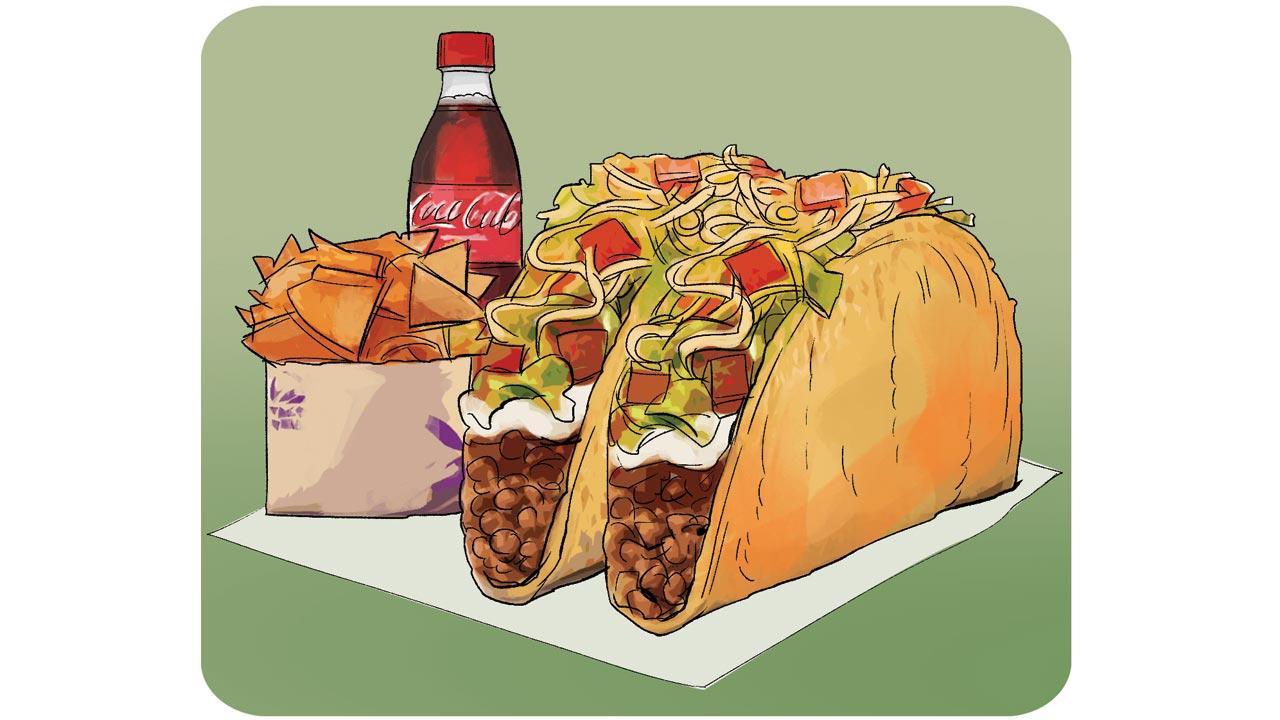
File pic
We’ve all had that moment at a restaurant—you’re only planning on a main, but somehow you end up with a starter, a drink, maybe even dessert. And it all feels easy, like a treat, not a splurge. That’s the magic of a well-crafted dining experience.
For restaurants, increasing the Average Per Cover (APC) isn’t about hard sales or pushing products—it’s comes from thoughtful cues, smartdesign, and creating an atmosphere where guests want to indulge. From how the menu reads to how the server suggests that perfect add-on, it’s all about subtlety that feels natural. The goal? More joy for the diner and more value for the business.
Make it a combo
One of the oldest tricks in the book—used more by QSRs than restaurants—is the classic combo meal. A customer sees a meal deal—a burger with fries and a drink—and thinks they’re getting better value. But in reality, the margins on those add-ons are sky-high. The brand might shave a bit off their profit per item, but they’ve convinced you to buy two things you wouldn’t have ordered otherwise. So the combo isn’t about savings—it’s about smart upselling.
All that fizz
Restaurants never list aerated drinks by brand names (Coke or Pepsi)—partly for legal reasons but also to give them the flexibility to switch between brands without needing to update anything. Most people don’t think twice about what they order or how much it costs. Besides, they make more on a R200 fresh lime soda than on a Rs 275 mocktail, which takes more ingredients, time, and effort.
The aroma advantage
A restaurant recently invested in an expensive coffee machine, but the competition nearby from leading coffee shops—including Barista, Café Coffee Day, Costa Coffee, and Starbucks at arm’s distance—meant their coffee prices and ambience had to stand out. They introduced subtle aromas of coffee and butterscotch during non peak hours and it boosted their pastry and coffee sales. Now, a lot of patrons go there mostly for their coffee.
Consistency over luxury
Often, it’s not the most expensive item on the menu that wins, but the ones that consistently sell. A restaurateur shares how she doesn’t mind if her staff doesn’t sell a R600 dish, as long as they can move 10-15 portions of a simple French fries with cheese paprika in a day. That’s where the real success lies—the volume and consistency winning the battle.
Blackboard psychology
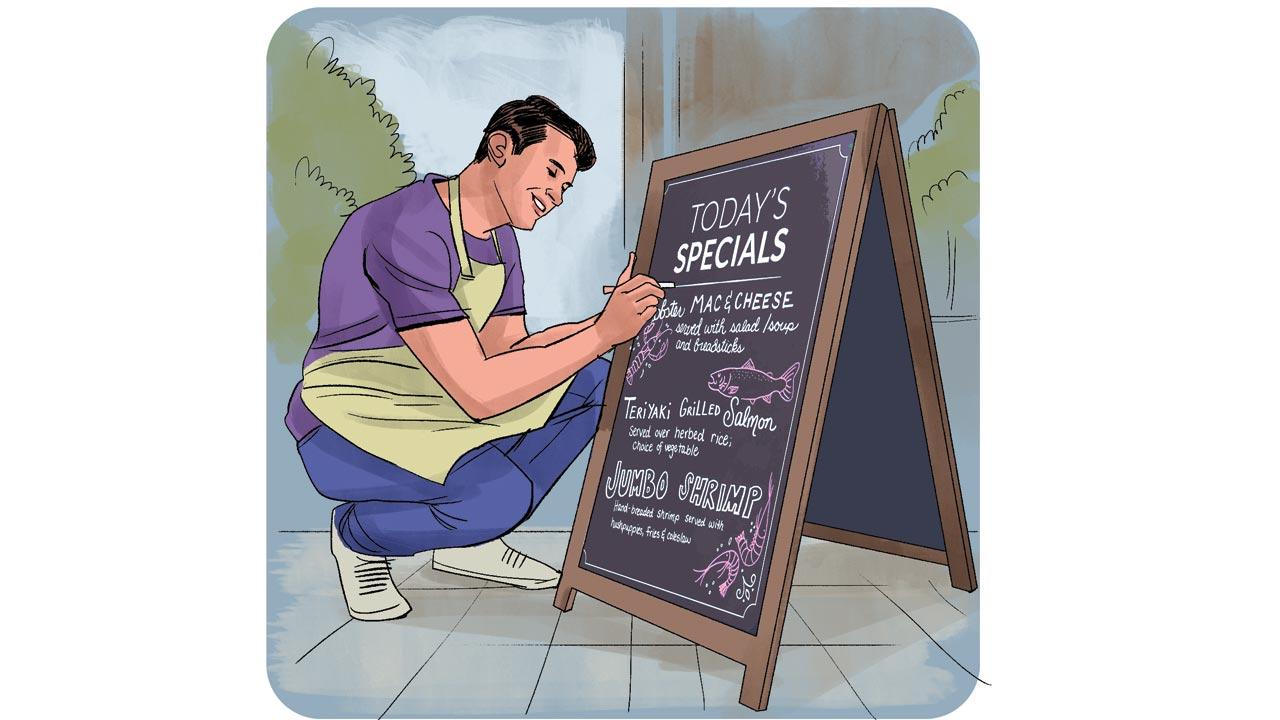
Blackboards in cafés and restaurants are the perfect tool for highlighting specials or must-try items that are either new or not part of the regular menu. Here’s the clever part: when a dish isn’t moving in the kitchen, or isn’t getting the attention it deserves, they add it to the blackboard as a must-try. That simple phrase creates curiosity. Customers who might skip over the item on the printed menu are far more likely to order it when framed as a special on the board. It’s subtle psychology—and it works.
The ‘waste not, want not’ hack
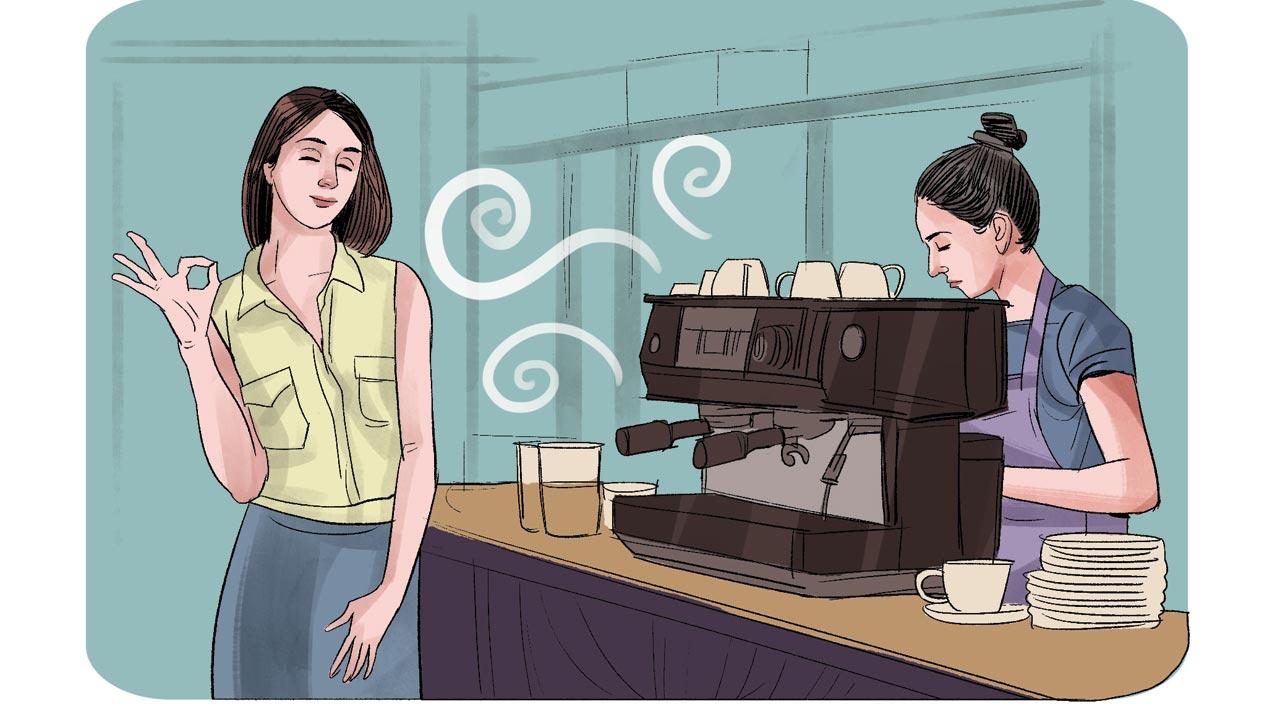
In many bakeries, unsold bread is returned to the kitchen, sliced, dried, and re-purposed into breadcrumbs—then resold. Since chocolate has a long shelf life, during festive seasons, themed shaped chocolate—bunnies for Easter, Santas for Christmas, and hearts for Valentine’s Day—is melted and reused.
Takeaway offers
While most restaurants don’t extend deals to takeaways, for some it’s a big driver for sales. A keen staffer who informs the customer on ongoing offers—even for takeaway orders—is all the restaurant needs. That small gesture often nudges customers to buy three items instead of two to unlock that fourth item for free. It’s a simple upsell strategy, and it works.
The portion potion
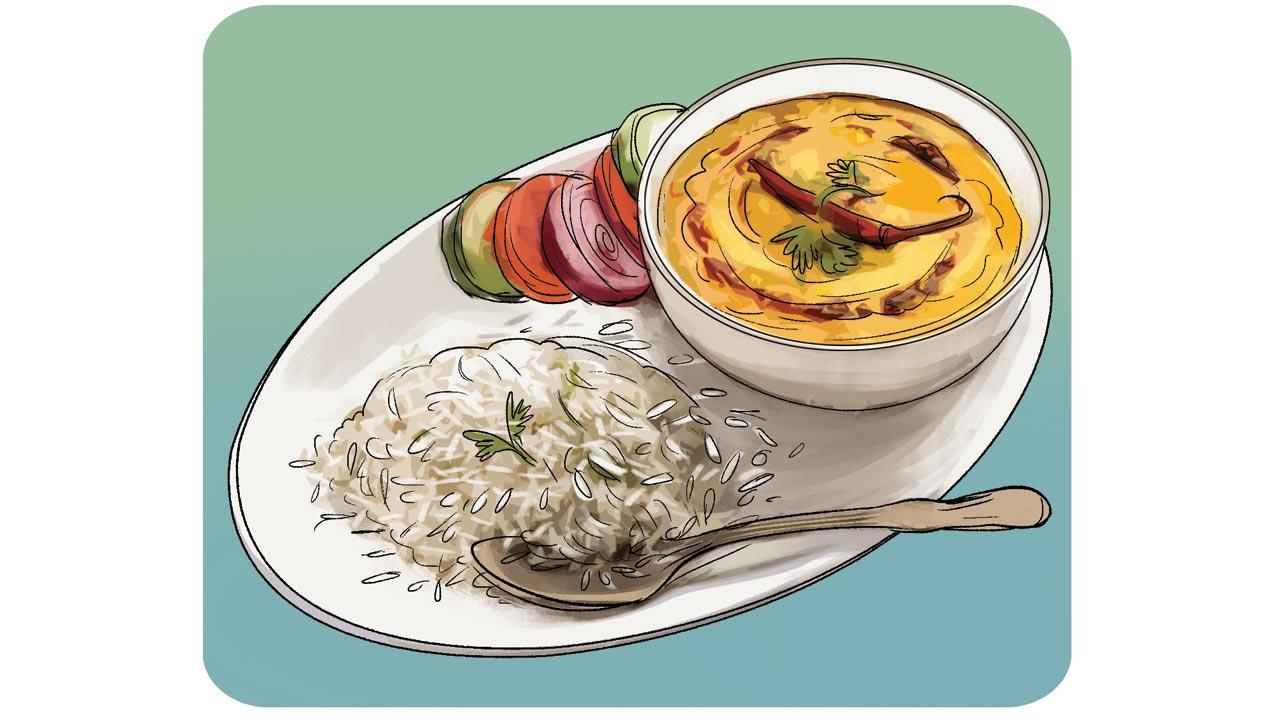
Another common tactic is deliberate portion imbalance. Take hummus with pita or a fondue, for instance—you’ll often get more hummus or fondue and noticeably less bread. The idea is to nudge you into ordering extra bread, which carries a high profit margin since accompaniments like that cost very little to make. The same goes for biryani and raita: serve a tiny portion of raita, and chances are you’ll order more, which then gets billed separately. It’s subtle but effective upselling.
The exotic effect
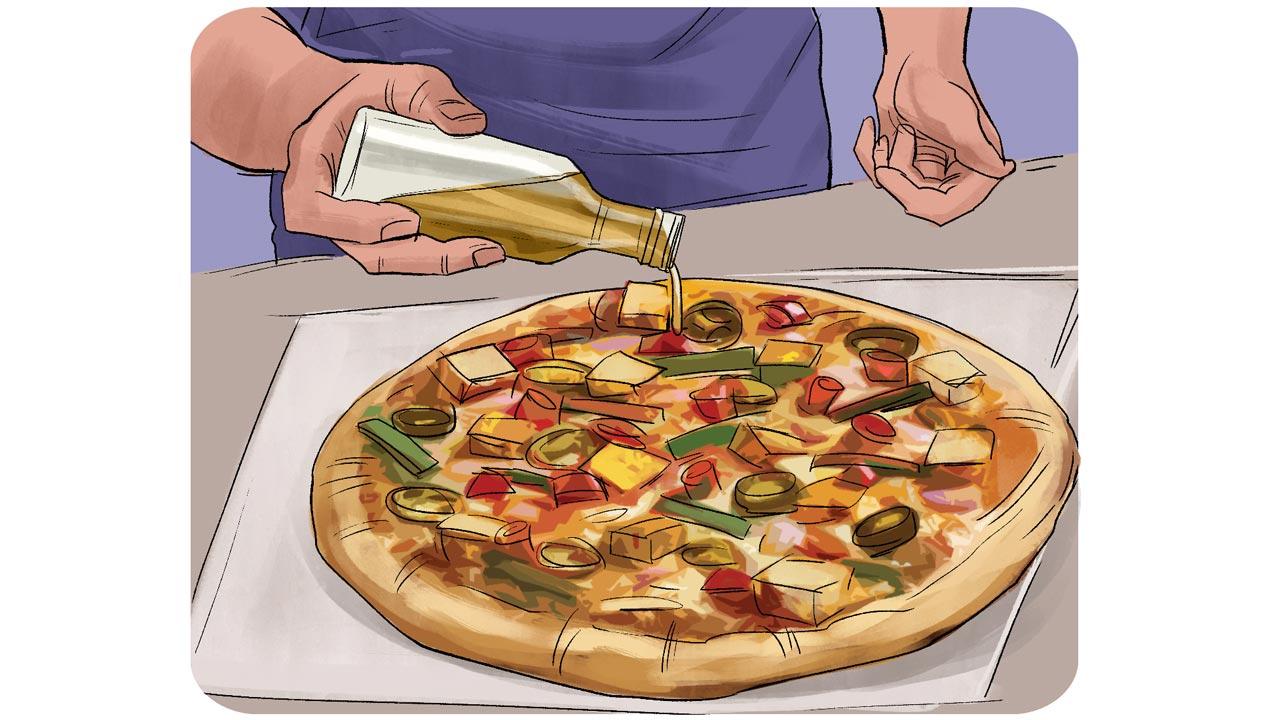
Another common kitchen trick is adding truffle oil to a dish and marking up the price. A one litre bottle of good-quality truffle oil costs around R1,500—about the same as premium olive oil—so it’s not prohibitively expensive. However, the word “truffle” carries a perception of luxury, allowing restaurants to justify a higher price. Some places even charge extra for adding a drizzle of truffle oil on the side or incorporating more into the dish. Similarly, restaurateurs highlight so-called “exclusive” ingredients—like saying a dessert uses Ghana or Colombian chocolate. It sounds premium, but most cocoa beans already come from regions like Ghana or Colombia. Even basic commercial chocolate often contains beans from these areas. So, really, it’s more about marketing than rarity. By naming the origin, they create a sense of exclusivity, even when the ingredient itself is relatively standard.
Menu design: The silent salesperson
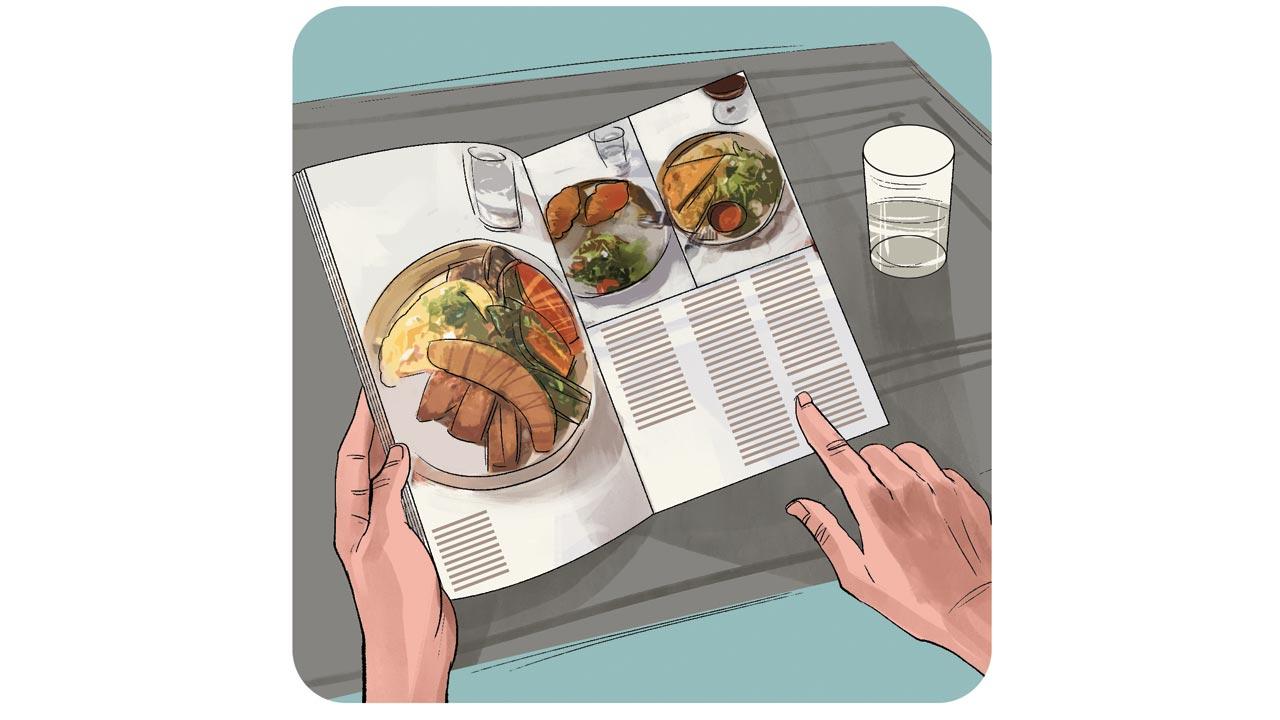
Menus are mind games. The priciest dish in the menu’s right corner is actually a decoy. It makes the one below—usually a profitable one—feel like a bargain.
Then there’s the naan trick. Nobody blinks at R135 garlic naan next to R100 plain. Garlic doesn’t cost R35—but the idea of flavour does. Placement is power. ‘Cheeseburger’ beats ‘quinoa burger’ every time. Lead with fries or cheese balls, not grilled veggies. The eye buys what it sees first. Clever sells.
Perception over substance
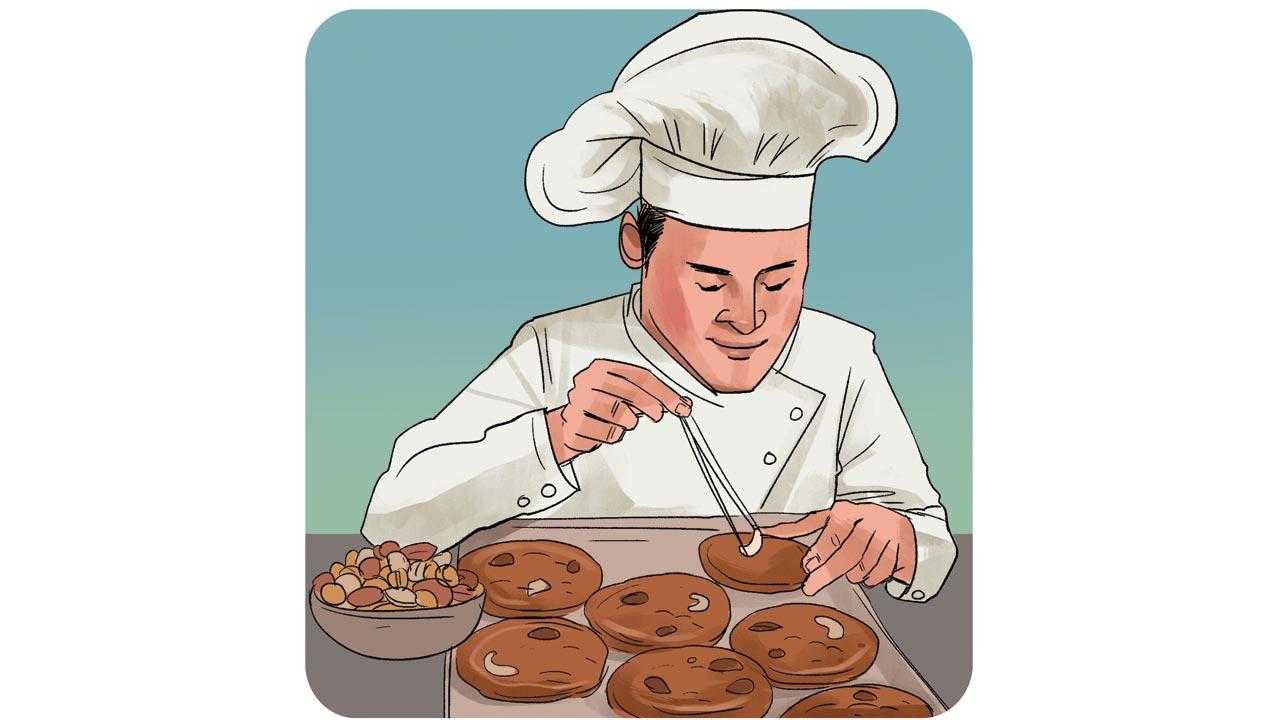
Dry fruits are a classic in the premium playbook. Label something “almond cookies” and often it’s just a sliver on top—no real almond inside. That lone bit of nut is doing all the branding. Some dessert chefs also have a slick trick: call it “Malibu tiramisu,” and diners think luxe. But what goes in? A local Goan coconut liqueur that tastes the same but costs far less. Restaurateurs also rely on clever menu language. Add a place—“Himalayan salt” instead of plain salt—and the dish feels instantly upscale. Words like “exotic” imply rarity and justify the markup. It’s all about shaping perception to steer customers into spending more.
60
More coffee orders were received by a restaurant during non-peak hours since they started using coffee essence to lure customers
99%
Won’t say no on a first date when the host asks, Shall I get a cocktail for the lady?
. Strategic liquor pricing
Restaurants price some of the more premium brands slightly lower and it might seem like they are trying to push imported labels, but they are really creating a sense of value across the board, which helps reduce dead stock. Their highest margins come from IMFL (Indian Made Foreign Liquor) brands and even from entry-level imported ones. So, for instance, they might price a Black Label at R600 and a Jameson—which gives them a much higher profit margin—at R500. The savvy customer thinks, “Jameson for Rs 500? That’s a great deal,” and chooses that.
. The power of aesthetics
The most Instagrammable dishes are often priced higher—not necessarily because the ingredients or preparation justify the cost, but because of their visual appeal.
. You’ve got a date
Dating couples, particularly those in the early stages or on a first date, tend to spend more to impress. The host subtly suggests, “Shall I get a cocktail for the lady?” the guy almost never says no—about 99 per cent say yes. The upsell works best when the romance is still fresh.
. What’s in the mix?
While many restaurants don’t mix drinks at events—and stick to specific brands they have tied up with to pass an offer directly to the customer—many of them cut corners by mixing alcohol to manage costs. It’s one of those open secrets but customers go with it to get a “deal.”
. Give an experience
Many try to close party deals by dropping prices, but smart ones focus on creating value. If someone’s budget is Rs 1,000 per head, they enhance the experience by adding a live sushi counter so it feels like a Rs 3,000 experience. Today, people want value, not just a bargain. That approach works better because perception matters more than just cost.
 Subscribe today by clicking the link and stay updated with the latest news!" Click here!
Subscribe today by clicking the link and stay updated with the latest news!" Click here!








